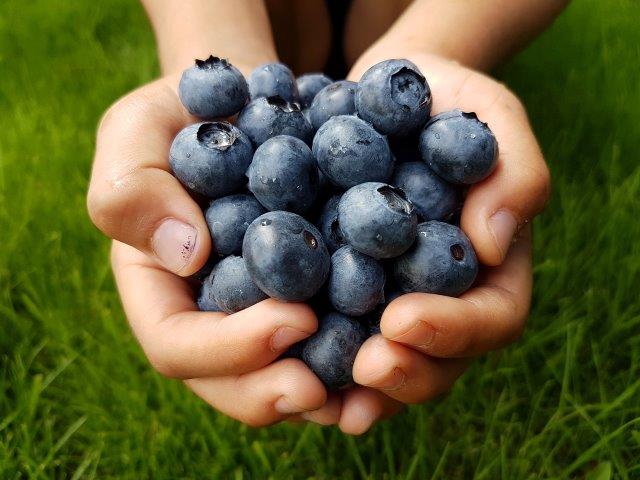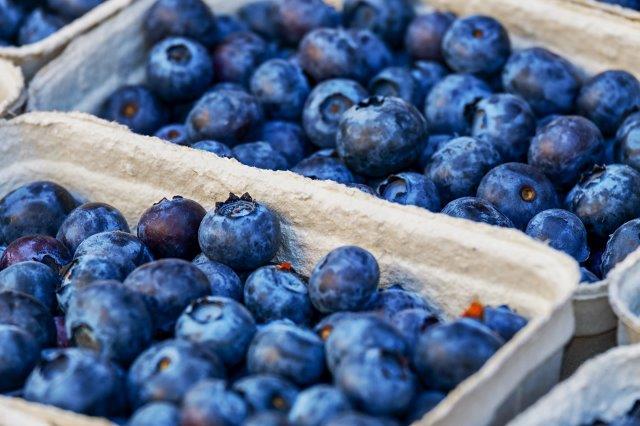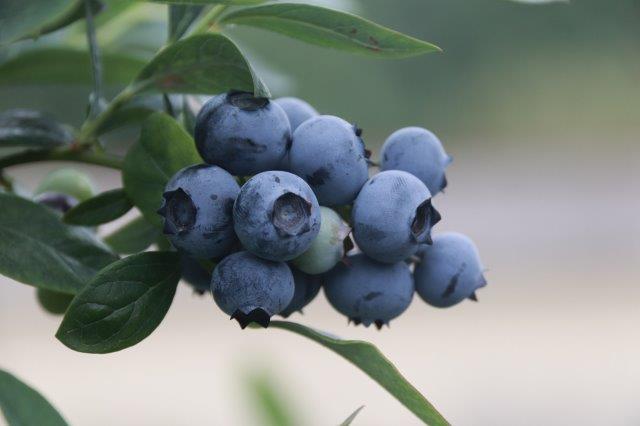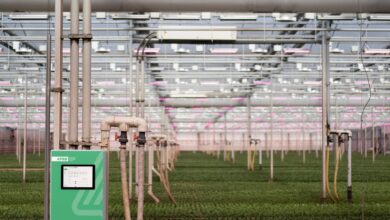The Importance of pH Level for the Mineral Nutrition of Soilless-grown Plants

Introduction
Growing plant crops on soilless substrates has become an important, and globally widespread method, to overcome the fast process of diminishing arable soils areas. There are many types of soilless substrates, such as turf, sand, rock-wool, coco-coir, perlite, and rice-husks. The use of soilless substrates as a substitute to natural soil, is also very instrumental in controlling soil-borne diseases and pests, as well as to enable the recirculation of irrigation water, and thus- reducing water consumption by horticultural crops. It is expected that urban vertical growth systems, relying on soilless cultivation, will expand greatly in the future, and become a significant source of fresh food for urban population, which already feature over 52% of worldwide population. Additional advantages of this advanced agricultural technique are its high technological efficiency, markedly shorter supply chain, and finally- providing fresher produce for lesser expenses.
Upsides and downsides
Growing on soilless substrates offers very effective control on the mineral nutrition of the plants grown on it. But this growth method also requires that it should be implemented by highly knowledgeable workers, because plant nutrition must be handled very precisely, to supply plants’ requirements, at every one of their growth stages. And this mission becomes much more difficult at soilless cultivation, as it lacks the marked buffering capacity of soils. Therefore, any management error may result in serious deviations from the desirable values of critical growth conditions, creating serious nutrients deficiencies and/or toxicities, generating stresses to the plants. These stresses may compromise plants performance or cause even complete loss of the entire production cycle.

Nutrient solution pH is a central factor
One of the most important parameters that should be considered, when planning a nutrition regime, is the acidity level of the fertigation solution. As we all know, acidity level is measured by the pH scale, whereby pH=7 is neutral, the lower the pH values (7→1) mean the higher the acidity, while the higher the pH values (7→14) represent higher alkalinity. Irrigation water pH is an external factor that depends on the water source, so, generally it cannot be controlled by the grower. However, the fertigation solution’s pH can and must be adjusted by the grower, to optimize the pH of the nutrient solution, from which the plants take up their nutrients. The desirable pH of the soil solution of most plants is 6-7. The reason is that many plants originate from world’s regions, characterized by mildly acidic soils, such as tropical areas. Under these pH conditions, most nutrient elements in the soil/soilless solution are highly plant available, so plants take them up with little energy investment. This enables them to easily realize their entire genetic potential, and perform at their best, in terms of higher biomass production, larger and sweeter fruits, more colorful flowers, more seed grains, higher oil contents, longer and finer fibers, etc. The following nutrients are the ones whose availability is markedly enhanced at pH values of 6-7: iron (Fe), manganese (Mn), boron (B), copper (Cu) and zinc (Zn). They can be grouped under the title of micronutrients or trace elements. Unlike the situation of growing on soil, it is relatively easy for the soilless grower to adjust the nutrient solution to slight acidity to create the optimal conditions.
Sensitive crops
Many crop plants are specifically sensitive to even slightly alkaline pH of their nutrient solution and will perform much better under slightly acidic pH range. They are blackberry, blueberry, cranberry, raspberry, parsley, groundnut, potato, sweet potato, apple, basil, carrot, cauliflower, corn, cucumber, dill, eggplant, garlic, melon, parsley, pepper, pumpkin, radish, rhubarb, winter squash, and turnip. Many of these crops are commercially grown on soilless substrates, so, there is a very common need to supply them with appropriate pH nutrient solution.
Blueberry plants, for example, are performing at their best, when supplied with an acidic nutrition solution at pH= 4.5–5. It has been even scientifically confirmed that acidic pH is more beneficial for their growth than their fertilizer composition1. Therefore, the common practice in Israel is to grow this crop on soilless substrates, instead of using local soils that are mostly alkaline and sometimes- saline. Other crops mentioned in the above list, such as apple, groundnut, corn, potato and sweet potato, are not generally grown on soilless substrates for practical reasons, but will outperform commonly cultivated plants, when grown at mild acidic soil solution.

Practical methods
Obtaining the optimal slightly acidic pH of fertilizer solutions can be done in several ways.
– A common method is to add some phosphoric acid to the fertilizer stock solution and inject this mixture into the fertigation system. The drawback of this method is that the phosphoric acid breaks down and disactivates the expensive chelated micronutrients that are generally included in the fertilizer stock solution.
– An alternative method that prevents the said drawback, is injecting the required amount of acid (sulfuric or phosphoric) into the irrigation water, at an upstream point of the irrigation line, before injecting the fertilizer stock solution. By this method, the chelated micronutrients will get in touch with the acid, only when both are already very diluted in the irrigation water. This method is the most common one, for Israeli blueberry growers, and for other crops cultivated on soilless substrates.
THE SOLUTION
– The third method is basing the fertilization plan on supplying the crop mainly with ammonium as its nitrogen source. It is based on the well-known fact, that when the plant roots take up any cation, they immediately excrete hydrogen cations (H+) to the soil, namely – to its rhizosphere2. By this mechanism the plant maintains its electrical balance. Now, nitrogen is the single nutrient that is required by any plant at highest rates, throughout most of its life cycle, and it can be taken up by three forms, i.e. ammonium cation (NH4+), amid (NH2) and nitrate (NO3–). If the grower bases the nitrogenous application plan on ammoniacal nitrogen (NH4+), the plant itself will take care of the required soil acidification that provides the optimal pH for ideal uptake of the micronutrients mentioned above3. Let’s also remember that the most economical nitrogen fertilizer is urea CO(NH2)2, which carries its nitrogen in the amid form. It is also a well-known fact that any soil that is rich in organic matter, is inhabited with various bacteria species that normally produce the enzyme urease, which quickly breaks up urea to ammonium + CO2.
And this ammonium can serve as the plant’s nitrogen carrier. The only problem with this story is that the soil normally contains also bacteria, which further metabolize the ammonium to nitrate, in a natural process called nitrification. The said problem is now easily solved by an innovative, modern and advanced product, called “Urea-BLUE” (distributed by Gat Fertilizers), composed of urea, plus a urea stabilizer that counteracts the bacterial urease, and an anti-nitrification compound. This advanced product enjoys the relatively low price of the urea, and, thanks to its abovementioned anti-enzymatic activities, it maintains the nitrogen in the form of ammonium cation for an extended period of time, of several weeks, with very limited loss rate of the nitrogen in the forms of volatilized ammonia (NH3), and leached nitrate anions.
Dr. Omer Crane, recently presented the results of an experiment carried out with Urea-BLUE fertilization of soilless- grown blueberries, at Israeli experimentation station Avnei Eitan, in the Golan Heights. This treatment resulted in normal plants performance that was as good as the separate application of acids and the stock solution. This study proved, therefore, that it is possible to grow crops that require acidic nutrient solution without application of acids, simply by basing the nitrogenous nutrition on a sophisticated ammoniacal nitrogen, accompanied by a potent nitrification inhibitor.
Conclusion
There are several conventional options for maintaining mild acidity of the nutrient solution of soilless-grown crops. Since several recent years, a new advanced method has joined in. It is based on the product Urea-BLUE that supplies nitrogen in the form of the ammonium cation. It has been scientifically proved that this method produces very limited losses of volatilized ammonium and leached nitrate. Its efficiency has been proved by many growers who are practicing it for several years now, and by a scientific experiment that showed its reliability. For more details, regarding crop type, timing and application rates, we recommend consulting with the agronomy staff at Gat Fertilizers.
Lior Meyer, Agronomist, info@gatfertilizers.com
References:
1. Shaw, M. (2008). Soil pH is More Important Than Fertilizer for Blueberries. New York Fruit Quarterly, 16, 25-28.
2. Marschner P. and Rengel Z. (2012). Nutrient Availability in Soils. In: Marchner P. Editor. Marschner’s mineral nutrition of higher plants. Academic press, 3rd edition, London, UK. Chapter 12: 424-485.
3. Silber A. and Bar-Tal A. 2008. Nutrition of substrates-grown plants. In M. Raviv and J.H. Lieth (Eds.) “Soilless Culture: Theory and Practice”. pp 291-339. Elsevier.




